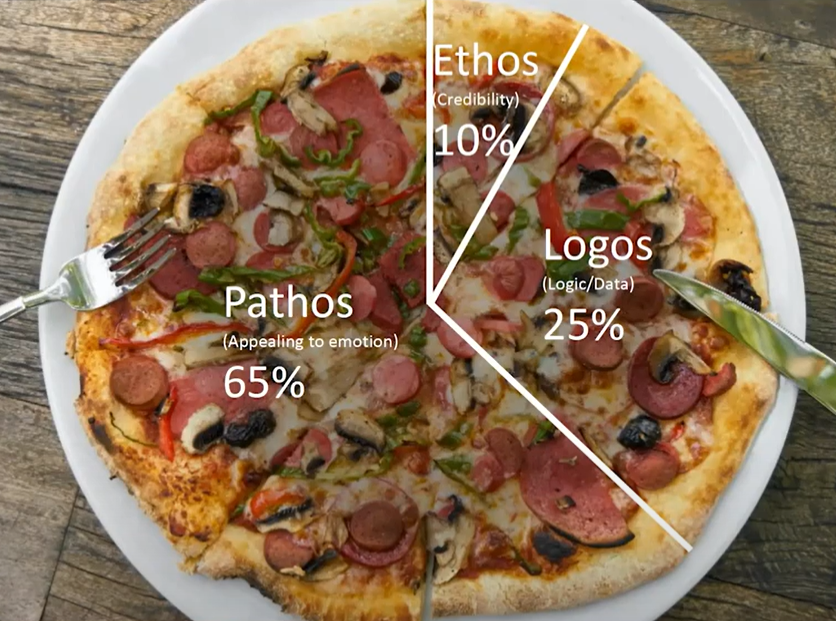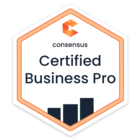3 steps to your most influential demo ever
Sat on a beautiful warm day in Surrey all those years ago in my psychology class at Farnborough college, a spark ignited into a love of learning WHY people think what they think, say what they say and do what they do.
The psychology behind crafting an effective message is what gets me out of bed every day. A bold statement indeed, but to wield the ability to connect successfully with other people feels like a super-power, and one I’m lucky to have. It’s shaped my whole career, and today I’m sharing my passion with you.
Step 1. Bryan Stephenson
More than 10 years ago, I released myself from the confines of IT and moved into presales, where my passion for customer service and effective messaging flourished in an ever-expanding role where connecting with people is as or more important than the technology itself.
In 2012 Bryan Stephenson, lawyer and long-time advocate of social and legal injustice, crafted his message about the hard truths of millions of people in America’s justice system and its inequality for racial incarceration. It’s a thoughtful message but delivered with stories of his grandmother and Rosa Parks, he made his point clearly and left the audience eager to make sure we learn from his findings and change the future for the better.
Bryan’s now famous presentation at TED 2012 in Long beach California contained a wealth of information, statistics and stories but when the 4057 words he used were analyzed, he stuck to the most impactful mix of credibility, data and emotion and was voted one of the most ‘persuasive’ talks ever on TED.com.
You can watch it here: https://www.ted.com/talks/bryan_stevenson_we_need_to_talk_about_an_injustice
To ‘persuade’ is defined as to influencing someone to act by appealing to reason, and while this doesn’t mention emotion, without the impact of storytelling Bryan wouldn’t have connected to his audience in such an influential way.
Step 2. Aristotle
Widely regarded as the founding father of communication theory, Aristotle’s work on Ethos, Logos and Pathos shows that these 3 aspects should make up every influential message. What’s more, now research builds on his theory showing 10% Ethos (credibility), 25% Logos (logic/data) and 65% Pathos (appealing to emotion) provide the most impactful connection time and time again, and Bryan Stephenson’s talk matched these exactly. So if you’re crafting your message using something else, you and your audience are missing out!
It doesn’t matter if your presentation is 2 minutes or 20 minutes long, when you put your message together, remember you should stick to this rule to be persuasive and influential:

10% Ethos:
Talk about why you're credible, why they should listen to you? Perhaps you've got a wealth of experience your audience’s market, or perhaps you’ve worked with many companies over the years that your listeners can relate to?
Proving you’re worth listening to doesn’t have to be a list of CV-worthy items, but people love learning new things, so why not position yourself as knowledgeable or a thought-leader in a relevant field.
25% Logic:
Find some statistics, facts and numbers. This is the raw data that backs up the message you're telling. Perhaps find something relevant to the people you're talking to. In fact, they don’t even have to be directly proving your point but bringing people new information about a related subject they’re interested in helps keep them engaged and believe the story you’re telling has meaning and real-world impact.
65% Empathy:
This, above all else is the most important aspect of any presentation or talk. Stories have been the bedrock of our society for 1000s of years so it’s an irrefutable truth that our brains are wired to engage far better with stories than with any other type of message.
People even train themselves to remember the exact order of random number lists or a shuffled deck of cards by telling a story about which card is in which room, or shop as they walk down the street. Personal stories make people engage more than anything other type, so remember you'll connect with you audience far better if you take them on a little journey of your own examples.
The human brain is wired to spot authenticity so belief in what you're talking about also helps - if you don't believe it yourself, why should someone believe you?
Step 3. Profit
Remember you can use this effectively to help sell yourself or your products, and you can practice straight away.
When you’re next putting together a presentation look at which slides fall into which category: Credibility, evidence and emotional appeal. Perhaps you have some that show your companies stats, profit and employees etc. Some may have customer references and experience with similar issues your customers are facing, and some may be the story of how you can address their pains in ways that connect directly to their desired outcomes.
These processes work because they are based on how the human brain understands and recalls information and how that information is stored by our brains. Today scientists using MRI machines have proved the blood flow activity in different parts of the brain tracking what happens when we listen to stories and the results are clear; If you want to craft a message with maximum impact, remember the 10%, 25%, 65% rule.
How will you use some of these ideas in your next presentation?

